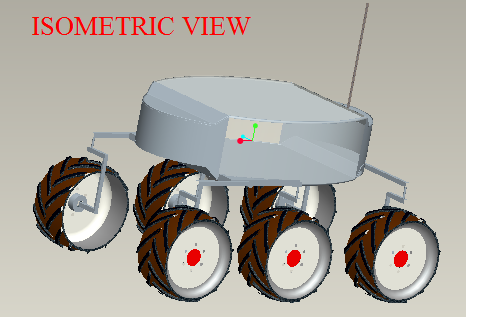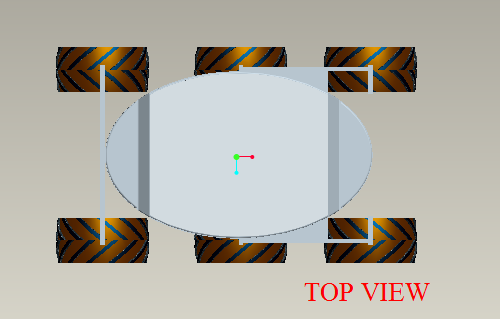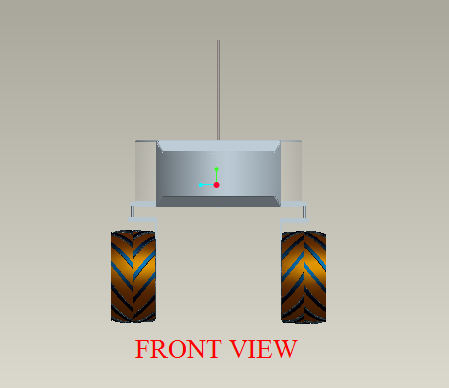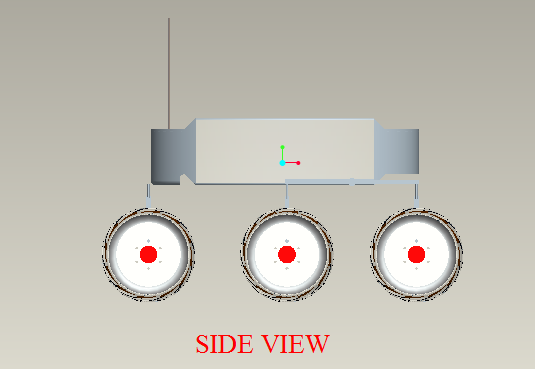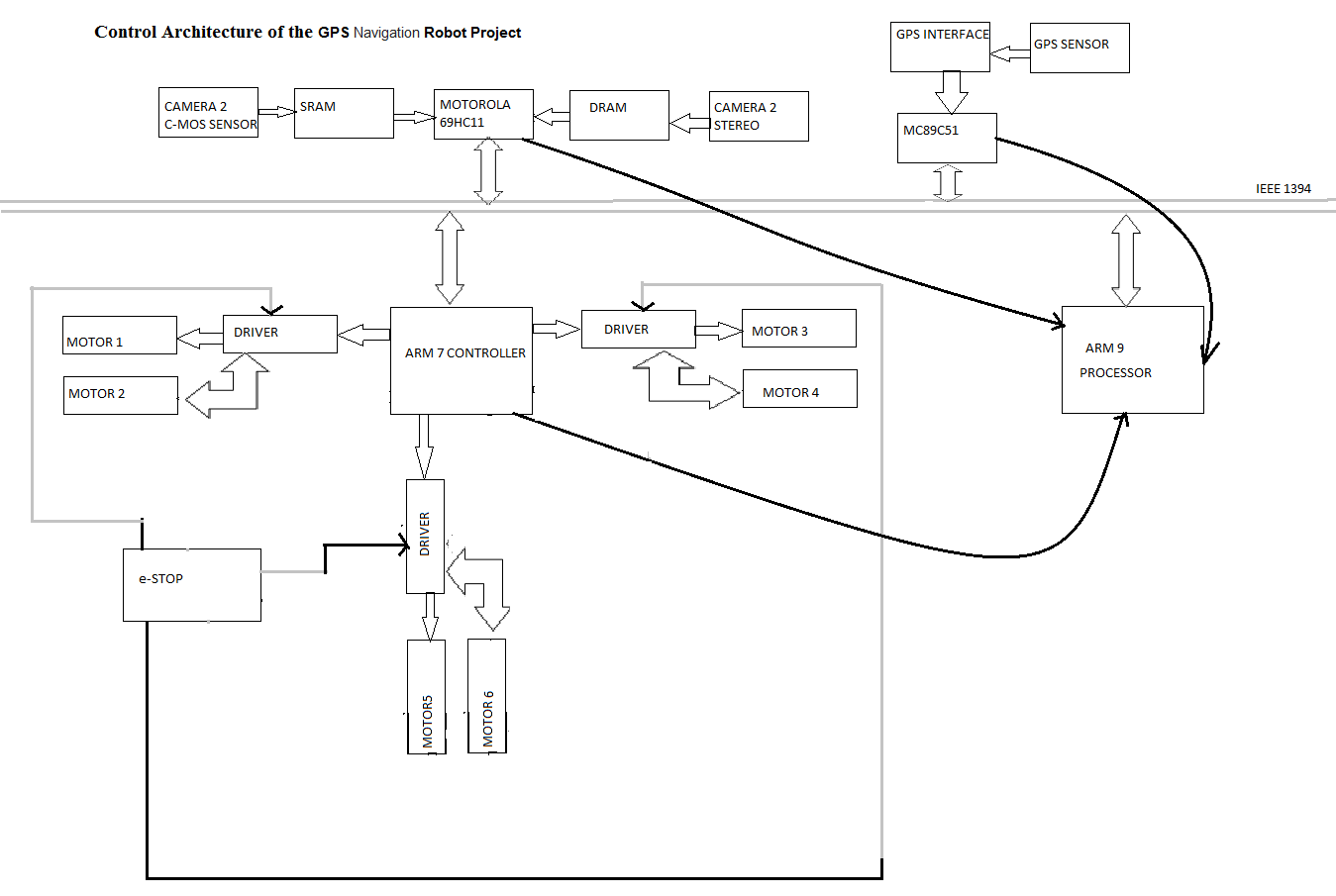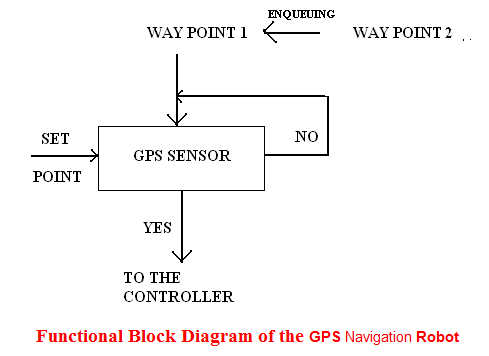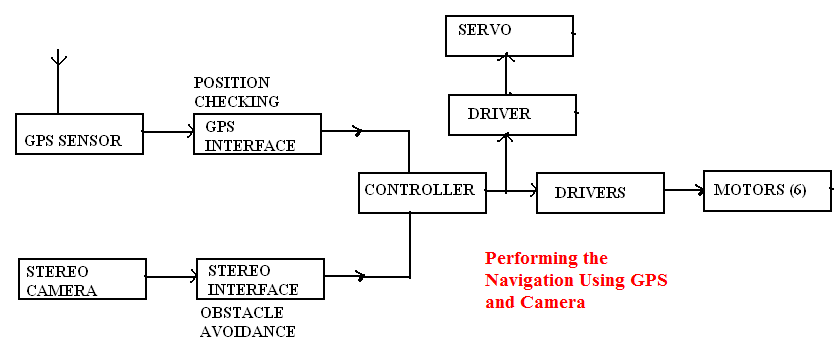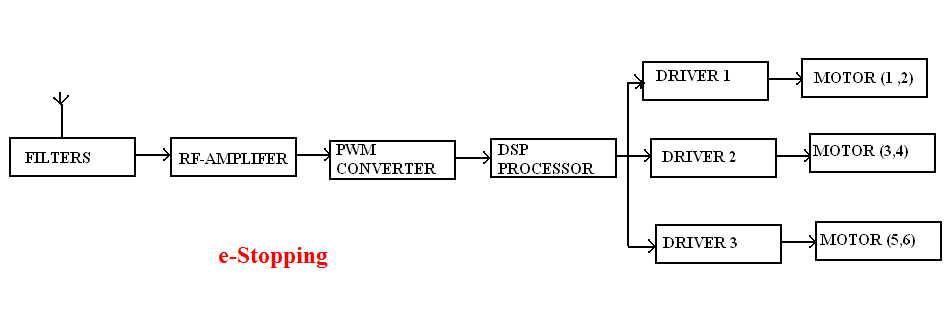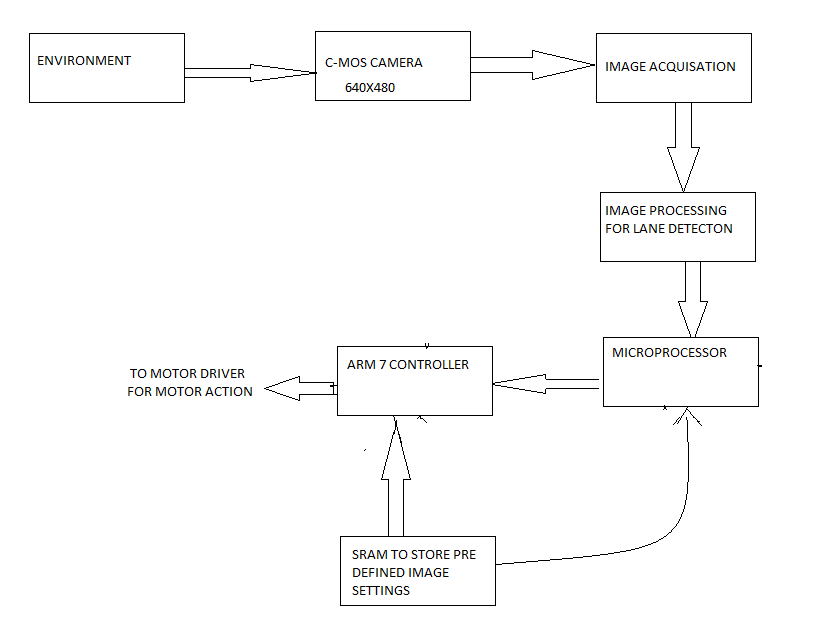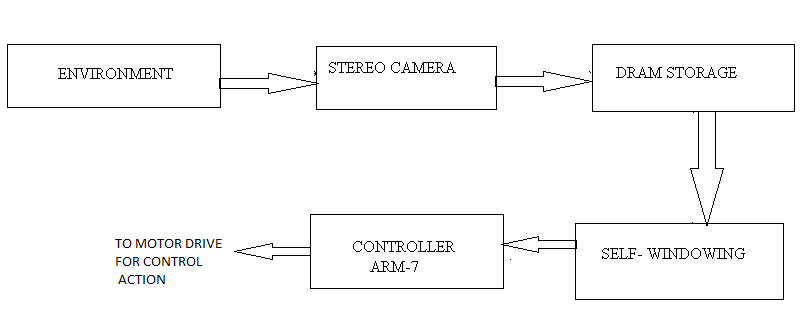Introduction to Real Time Sequence Control System For Machines Project:
The Real time, time sequence control system for machines is a project used mainly in the industries.
It can also be used for home appliances for automatic Switching on and off of any machine. In real life to switch on and off machine at a particular time the event management system can be used. If the number of devices increases, the job is little bit complex. So we can design an event management system i.e. real time sequence control system for machines. The RTC works in real time. The switching on and off time of each machine is set by using micro controller Relays are used to connect device to the micro controller.
The technology used in the system is Automation of machines. Automation is a the process in which a particular programming is given to it to run in a particular way so that it works in that way automatically
The software and hardware used are Embedded C, Micro controller Hardware, in 40 % and 60 % .
The main components used in it are 1) Power supply2) Micro controller 3) LCD 4) Real Time Clock (RTC – DS1307) 5) Buzzer 6) Relay: 7) SWITCHES:
The micro controller controls all the mechanism the voltage regulators are used in power supply. Micro controller used is the AT89S52 is a low-power, high-performance programmable Flash memory. The Led is used to display all the contents in brief, Real time clock is used to maintain a time limit for on and off Buzzer indicates on and off status of a machine Relay is used to on and off which is controlled by micro controller .The switches are visible devices by which we can control many operations.
Application: the application of the system is mainly in industries to operate many machines and in controlling different machines
Conclusion: We can use remote controller instead of switches in each and every operation for the easiness and other safety purposes.
Download Mechanical Project Report on Real Time Sequence Control System For Machines.

